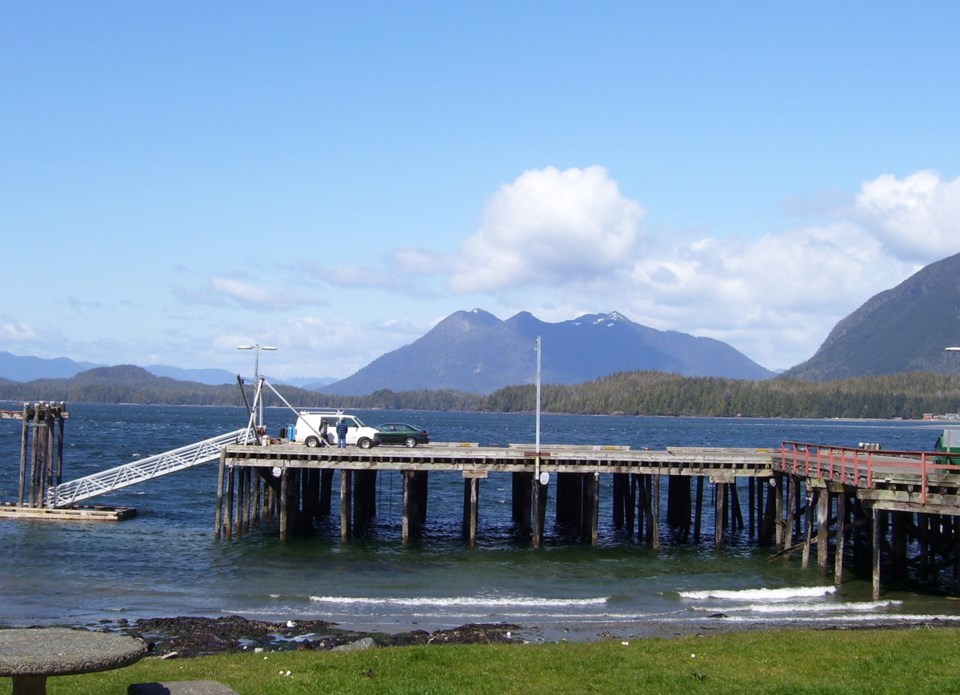Norway’s salmon-farming industry is hitting a wall. Because salmon farming began earlier there than in B.C., I wanted to get a glimpse of where we might be headed if our industry continues on its current path. This is the reason I organized the Wild Salmon Delegation to Norway, which spent two weeks there this month.
What we found is an industry beset by problems such as disease outbreaks, sea-lice infestations and farmed-salmon escapes. The situation in Norway is dire — one headline we saw read: “Five years left to save wild salmon.”
Norway’s fisheries minister Per Sandberg spoke at the Wild Salmon in the North conference in Alta, Norway, acknowledging “the mid-Norway situation has been very serious since the end of December.” The crisis is so bad that the Norwegian industry is making headlines by beginning to shift to closed-containment.
B.C.’s industry is over 90 per cent Norwegian-owned, uses the same methods to rear fish and is plagued by similar problems. Will a shift to closed containment in Norway lead to a similar shift here?
The place where I live — Clayoquot Sound UNESCO Biosphere Reserve — is renowned for old-growth forests and the battles to protect them. But not many people know there are 20 salmon-farm tenures in the sound, with 15 of them held by Cermaq, a Norwegian-based company.
The global salmon-farming industry originated in Norway in the 1970s. By the ’80s, Norwegian salmon-farming companies began to move into British Columbia’s pristine waters. Today, B.C.’s salmon-farming industry is over 90 per cent Norwegian-owned.
While overseas, we learned about the similarities and differences between British Columbia and Norway, heard the emerging Norwegian consensus that open-net pen salmon farming is a dinosaur technology, and witnessed the tide change unfolding daily in major Norwegian media.
Norwegians were surprised to learn about the nitrogen pump in B.C. — wild salmon transport ocean-based nitrogen up rivers and fertilize the growth of ancient temperate rainforests. This connection between wild salmon, monumental cedars and the bears, wolves and eagles was novel to them. They also wanted to learn about the importance of cedar and salmon to indigenous cultures throughout B.C.
Delegate John Rampanen, a citizen of Ahousaht First Nation, met Sami indigenous people of northern Norway, who have depended on reindeer and wild salmon for millennia, learning that they are also negatively impacted by industries such as salmon farming and mining.
Some things are different in Norway, where, for example, the biomass of farmed salmon is 1,000 times bigger than the biomass of wild salmon, and the wild-salmon economy is a thing of the past.
In British Columbia, the wild-salmon economy is eight times bigger than salmon farming — supporting indigenous, commercial, recreational and sports fisheries, as well as a $1.4-billion ecotourism industry. Salmon farming puts this pre-existing economy at risk.
A clear consensus emerged over the two weeks in Oslo, Bergen and Alta, through meetings with wild-salmon advocates, academics and journalists. When asked the question: “How can Canada avoid the problems Norway is experiencing with open-net pen salmon farming?”, without hesitation every person we asked replied: “Shifting to closed-containment production is the only way forward.”
Signs of a tide change beginning to sweep the industry were breaking daily in major Norwegian media. Dagbladet, the country’s second biggest paper, ran a story pointing out that catches are plummeting in the Alta, “the world’s best salmon river,” as the amount of farmed salmon in the nearby Altafjord increases. The production manager of Grieg Seafood’s operations in Alta was quoted saying: “The only solution is to get the fish into closed containment.”
The following day, the front page of the Bergen paper read: “CEO of Marine Harvest prepared to invest US $100M: if everything works as planned, closed-containment systems will replace open-net pen salmon farms.” It has taken decades for this industry to acknowledge that their problems will only be solved by isolating farmed salmon from wild salmon.
The question for Canada is, do we wait another couple of decades before acknowledging that salmon aquaculture has undesirable side-effects?
While B.C. salmon runs are greatly diminished from historic levels, what is left is world-class and definitely worth fighting for. Wild salmon face a multitude of challenges, but aquaculture is one that is entirely within our ability to regulate.
Moving salmon farms out of the ocean into closed containment will allow wild-salmon populations to rebound and continue to support cultures, economies and ecologies throughout the province as they have for millennia.
Dan Lewis is executive director of Clayoquot Action in Tofino.



